Black History Month Celebrations Begin, Themed: Resistance
“I am … somebody! And so are you! Go, Black Matadors!”
That was how Africana studies professor and Director of the DuBois-Hamer Institute for Academic Achievement Cedric Hackett revved up the crowd in Matador Plaza on Feb. 1. Students, faculty and administrators gathered to celebrate the start of Black History Month — starting with the call-and-response made famous by the Rev. Jesse L. Jackson Sr.
After the exuberant greeting, Hackett began the program with a moment of silence for Tyre Nichols, a Sacramento native, whose brutal beating by Memphis police officers Jan. 7 was captured on videotape. Nichols died three days later.
“A brother, 29 … who could have been my son … who was brutally beaten and murdered by law enforcement,” Hackett said.
After the moment of silence, Hackett told the crowd that this year’s Black History Month theme at CSUN, “resistance,” mirrors the national theme.
“Oftentimes, when we think about resistance, we focus on depictions of fight, struggle and protest.” Hackett said. “Yet, there are some inalienable strengths embedded in resistance: persistence, defiance and existence.”
Marquita Gammage, chair of the Department of Africana Studies, welcomed the crowd to the kickoff event. She said Black History Month isn’t only about looking at the past, but also about looking to the future.
“Black History Month is about empowering us and challenging us to create a more equitable future, to create a more just and equitable society,” Gammage said.
Ryan Mason, the senior coordinator of The Black House and Student Support Services also welcomed all to the kickoff event and invited students to The Black House. “We look forward to engaging you in a lot of different programs over the next month but also over the years. Black History Month is only limited by your imagination,” Mason said.
The ceremony also featured a keynote speaker, alumnus Justin Marks, co-executive director of the Youth Justice Coalition in Los Angeles. Marks spoke frankly about his personal experiences with police, and law enforcement’s troubled history within communities of color and its lasting repercussions.
The Black History Month ceremony ended with roses handed out to all those who wanted to place one on the Matador statue — CSUN’s beloved “Tradition of the Rose,” when Matadors want to celebrate a significant milestone or achievement. Afterward, students, faculty and staff took photos in front of the Matador statue. Sophomore Anthony Turner, an Africana studies major, placed a rose on the statue and said Black History Month, for him, is about moving forward.
“This month, specifically, we’re given a time and space to be able to really dive deep and build unity among ourselves — to remember communally who we are and what we’ve gone through to get to this point,” Turner said.
The month-long campus celebration of Black history includes a packed schedule of events, including a lecture by renowned author and scholar Nikole Hannah-Jones about her book, “The 1619 Project,” and a discussion with hip-hop pioneer Grandmaster Melle Mel.

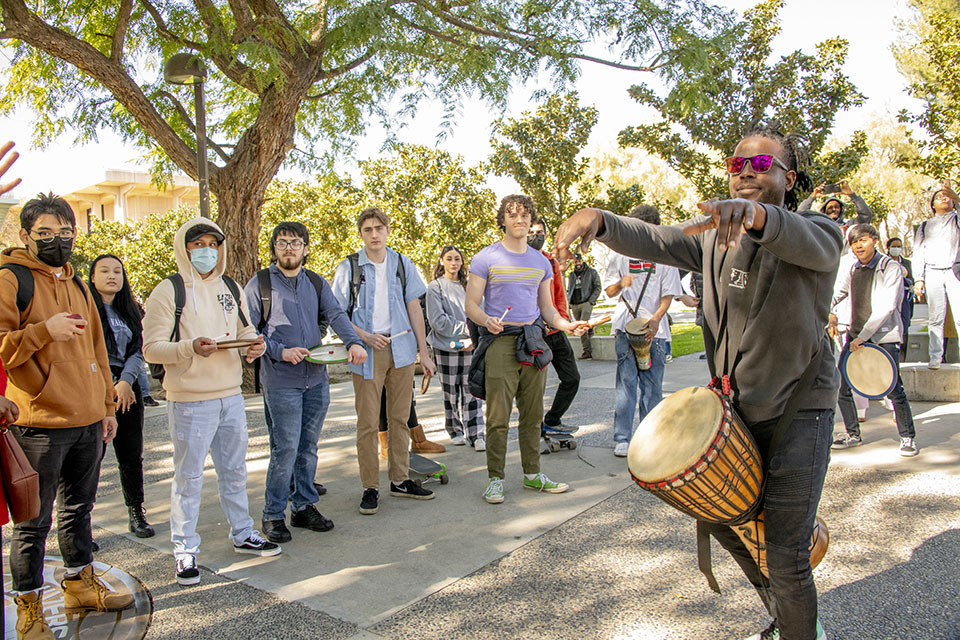
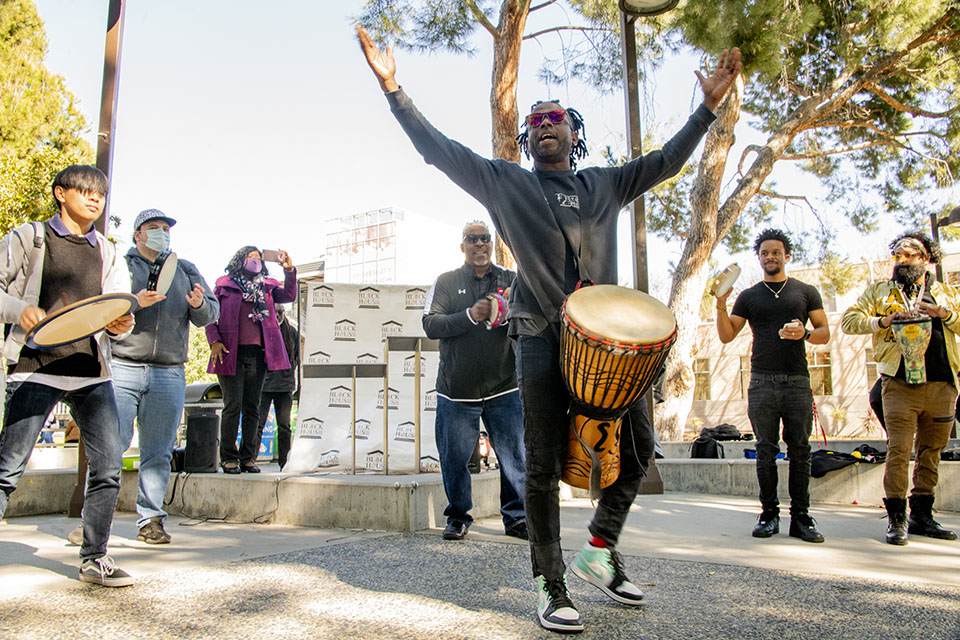
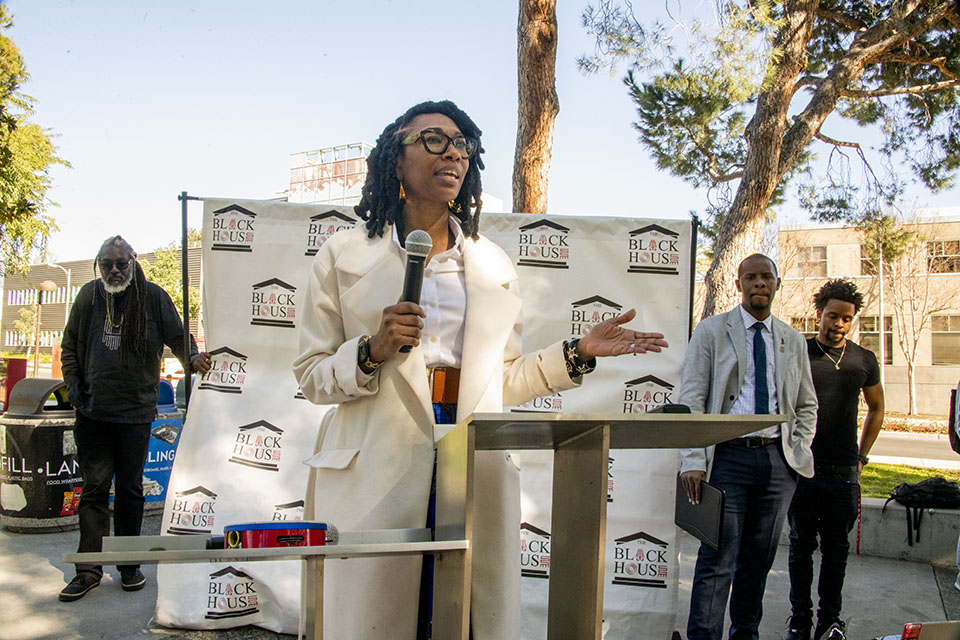
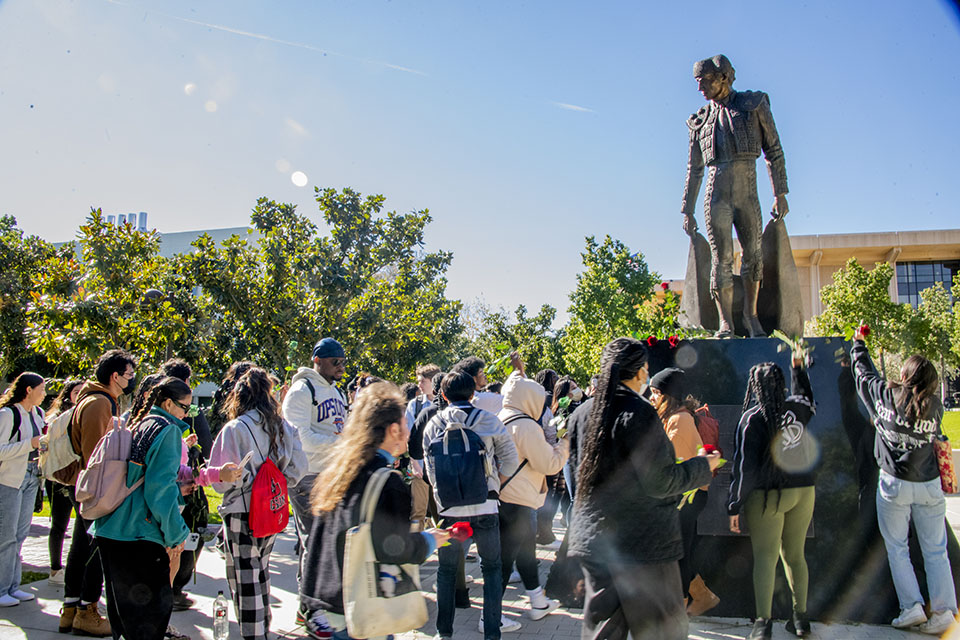
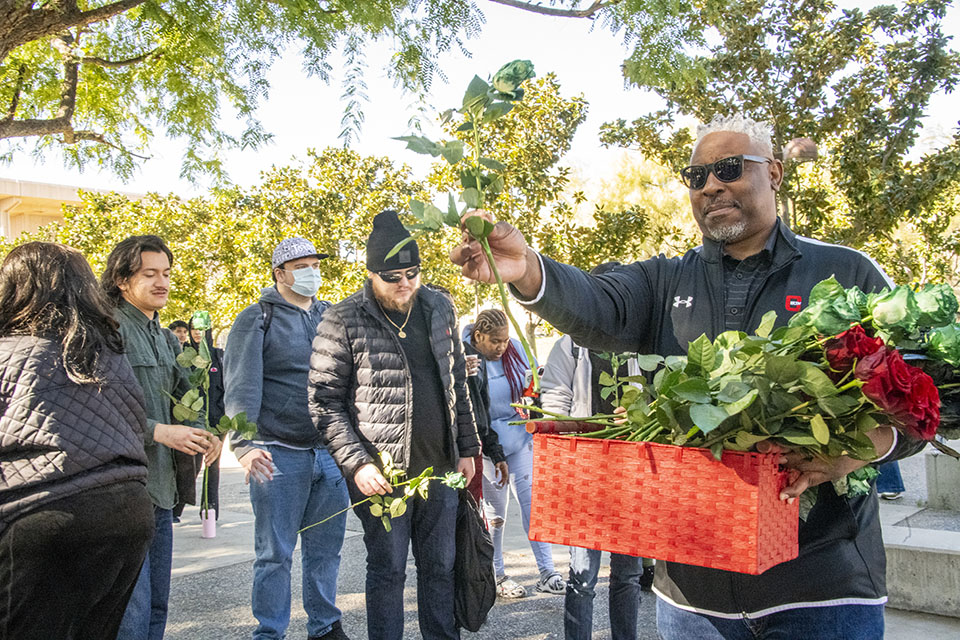
 experience
experience